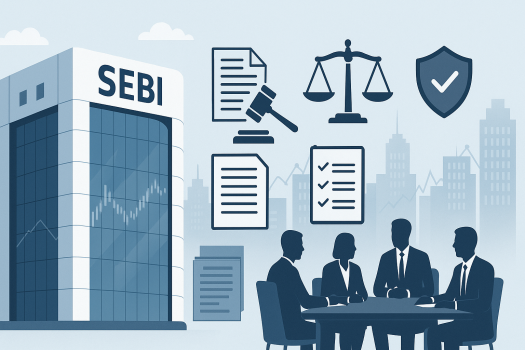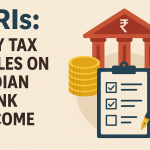Blog Post

Posted on June 25, 2025

The Securities and Exchange Board of India (SEBI) has proposed a significant overhaul of the governance framework for market infrastructure institutions (MIIs) such as stock exchanges, clearing corporations, and depositories. This move comes amid rapid growth in investor participation, trading volumes, and the complexity of market operations, necessitating a shift toward stronger public-interest safeguards and operational resilience.
Summary:
SEBI’s proposed governance reforms for MIIs aim to embed public interest, operational clarity, and accountability at the highest levels of market infrastructure, reflecting the evolving scale and complexity of India’s capital markets. The new framework seeks to prevent governance failures, ensure robust internal systems, and sustain market integrity as MIIs continue to grow in criticality and influence.
Ref: SEBI Proposes Amendments in Governance Framework of Market Infrastructure Institutions
Sebi proposes tougher governance norms for market institutions

GST to Change the Face of Warehousing

Cases when ITC is not available under GST

GSTR 9C – Part II

GST Audit/Reconciliation and Certification (Form GSTR-9C)

Taxation: History of Goods and Service Tax for India

Taxation of Indian Bank Account Income for NRIs: Key Rules and Guidelines

GSTR 9C – Part III

How your small pie of Tax builds the entire nation.

Aten Papers & Foam IPO Day 1: Check subscription status and other details

Brookfield-Backed CleanMax Set for ₹4,000–5,000 Crore Confidential IPO
Comments